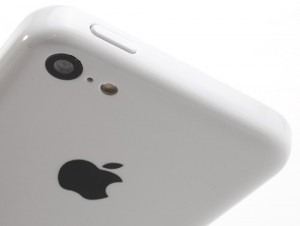The question is.. Has the Nexus 5 smartphone just topped the iPhone 5c?
It’s also can i make this a good blog post because its my last of Comm 101, but we will answer that later.


The Nexus 5 is “the newest flagship device” to hit the smartphone market. Labelled a phone with big features and a small price tag, the Nexus 5 already sounds appealing.
You could say the phone has arrived on scene at the perfect time. We all witnessed the uproar over the new iPhones a few months ago, however, the iPhone 5c hasn’t received the attention Apple wanted it too. Being outsold by the 5s the phone didn’t fulfill its purpose straight out of the gates. This lead to a reported cut in production by the company. We’ve all learnt the whole demand and supply thing in economics. The demands not there Apple, sorry!
Queue entrance of Nexus 5. At a mere $399 for the devices 32gb model its already cheaper than the 16gb 5c ringing in at $549 without tax! (see details here.) A post on iPhonehacks.com states: “If budget is a constraint then there is no debate about which smartphone you should buy. The same is true if you are looking for a phone with a bigger screen.” A wide variety of features, a solid screen resolution, and more, proves the Nexus 5 a worthy competitor.
Who knows which way this will go, but with what could be a sinking ship of iPhone 5c’s the Nexus 5 may be on its way to the top.

 Earlier this month, comm 101 met Zappos and its safe to say everyone took something away from the lecture.
Earlier this month, comm 101 met Zappos and its safe to say everyone took something away from the lecture.

 Say hello to a revolutionary product emerging from the Swedish market that is about to drastically change the cycling industry. Most of you reading this have ridden a bike and ill take bets there’s one thing we all share in common. Bike helmets. No one wants to wear one. This is where Hövding comes into play.
Say hello to a revolutionary product emerging from the Swedish market that is about to drastically change the cycling industry. Most of you reading this have ridden a bike and ill take bets there’s one thing we all share in common. Bike helmets. No one wants to wear one. This is where Hövding comes into play. 

